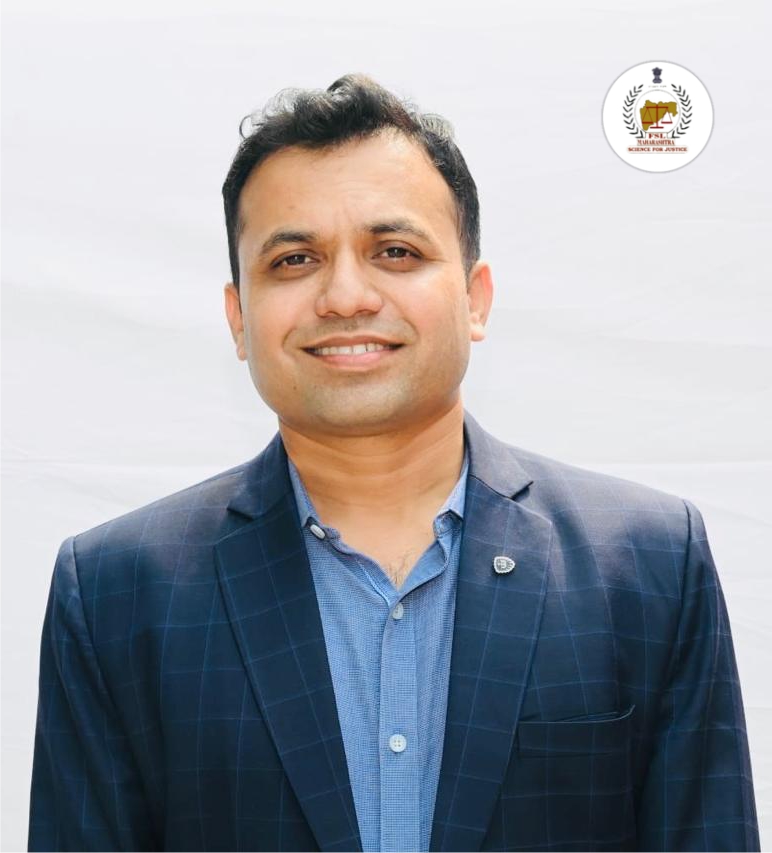Tape Authentication and Speaker Identification
Modern Authentication for Audio & Video Evidence
Ensure media presented in court is authentic, untampered, and intelligible. Robust workflows, expert analysis, and blue‑chip instrumentation—wrapped in a clean, accessible interface.
Signal integrity • Noise filtering • Spectrographic analysis
- Filters for hiss, hum, interference, and distortion (low‑pass, broadband, adaptive).
- Chain‑of‑custody aligned authentication before court submission.
- Waveform and vectorscope monitors to visualize edits and anomalies.

Division & Subject Head :
Shri.V.S.Pawade
Designation :
Deputy Director
Email :
vishal.pawade24@mah.gov.in
Phone :
Tape Authentication
Determine whether a tape has been edited, tampered with, or altered. Output signals can be degraded by three general factors—noise, interference, and distortion—each linked to a specific cause. “Adverse forensic influences,” such as telephone line bandwidth equalization (≈300–3500 Hz), also impact intelligibility.
Noise & Interference
- Identify hiss within speech band; apply low‑pass filters when appropriate.
- Mitigate hum, buzz, clicks via targeted filtering and restoration.
- Waveform and vectorscope monitors to visualize edits and anomalies.
Process & Equipment
- Start with an examination of analysis equipment and settings.
- Enhance clarity before authentication to avoid claims of tampering.
Video Authentication
Ascertain the trustworthiness of a digital video. Authentication verifies that the video’s integrity is intact and that the material has not been tampered with prior to use.
- Hash comparisons and metadata review for provenance.
- Frame‑level anomaly checks and compression signature analysis.
- Audit trails supporting courtroom admissibility.
Forensic Video Examinations
Examiners evaluate the authenticity and integrity of signals. Determinations include whether a tape is an original, a copy, a compilation, or an edited version. Reviews include both visual and aural components.
Waveform Monitors
Specialized oscilloscopes display voltage vs. time. Signal aberrations can reveal edits.
Scope of Questions
- Original vs. copy
- Compilation vs. contiguous record
- Insert edits, drop‑outs, time‑base errors, codec artifacts
Speaker Identification
Use auditory, acoustic, and computerized techniques to recognize, identify, or discriminate among human voices. A voice carries unique characteristics—akin to a fingerprint—enabling verification for future comparisons.
- Workflow: digitization → segregation → clue word formation → analysis.
- Spectrography: evaluate frequency, pitch, energy, and amplitude.
- Noise handling: apply broadband and targeted filters; noise level impacts results.


